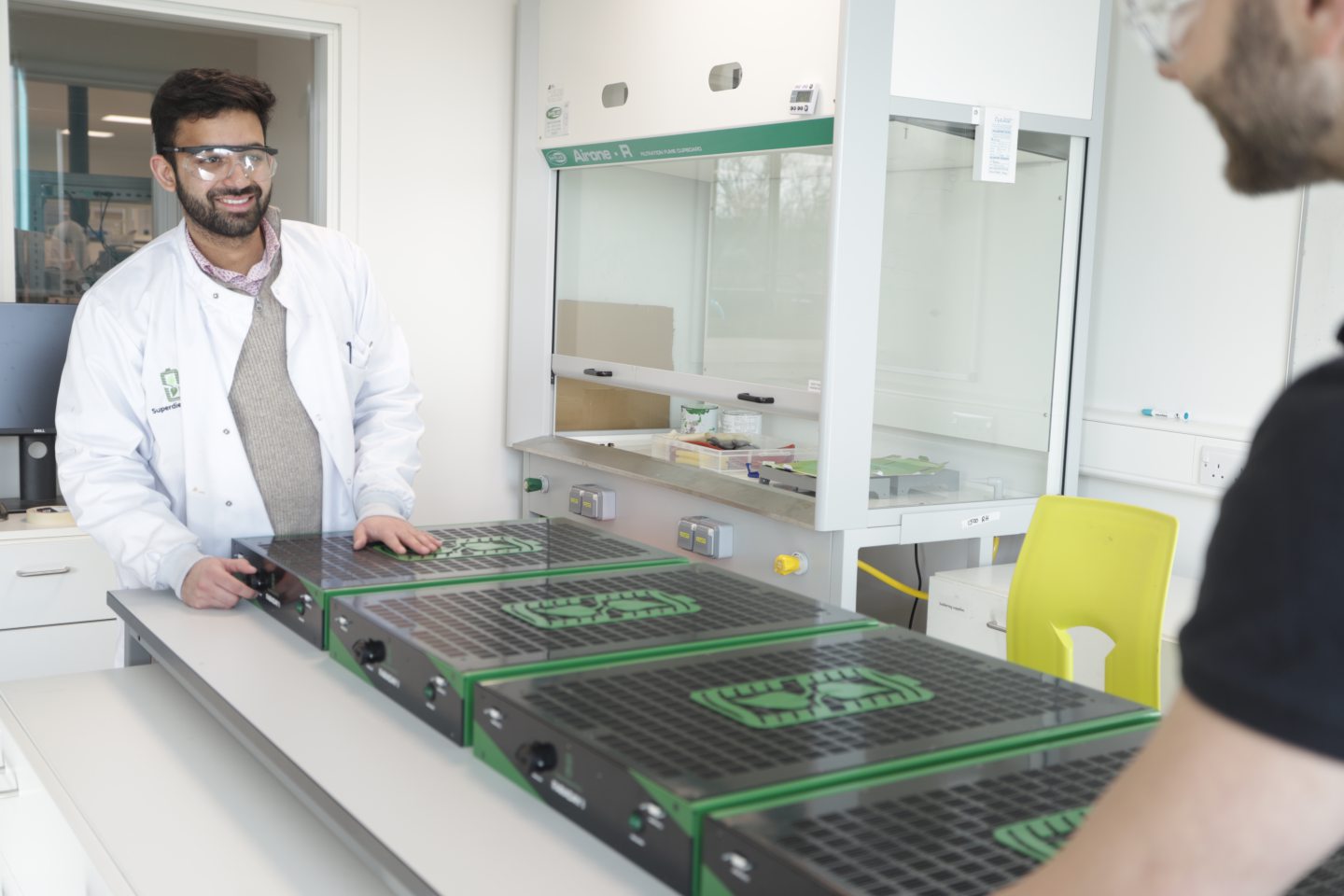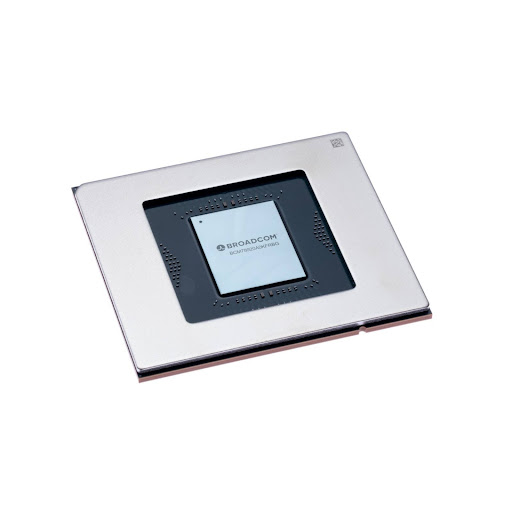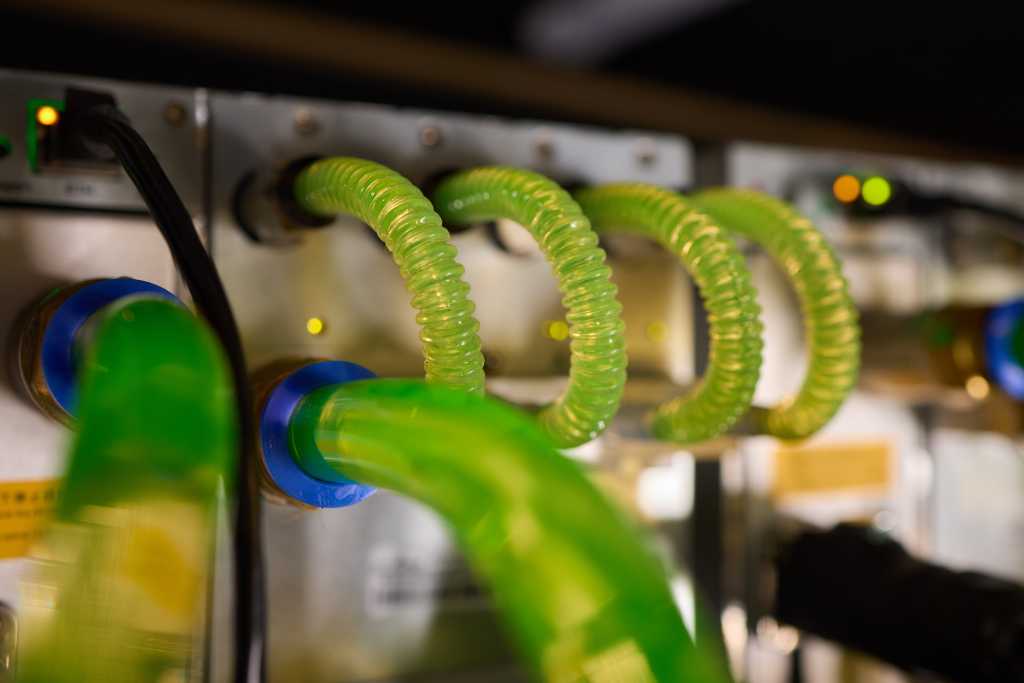
E.ON has partnered with Cambridge-based innovator Superdielectrics to lower the cost of consumer electricity bills by bringing energy storage into people’s homes.
Led by former chief executive of ITM Power, Jim Heathcote, and backed by 190 investors including board member Michael Spencer, the company has its sights on raising up to £60 million to commercialise its technology.
Heathcote, who floated the electrolyser business on the stock market in 2004, said his latest company would be “looking to raise some money for a pilot production plant, probably £40m to £60m would be the range”. Timing would depend on capital markets, he added.
He compared Superdielectrics’ technology to the personal computer, describing traditional battery storage technology as similar to the computer mainframe.
“Imagine grid balancing with large-scale battery technology,” he said in an interview. “That is like the mainframe computer in the 1960s.”
The company’s vision is to move towards a distributed energy storage system, a shift so great that it would be comparable to the roll out of the home computer.
He said listing the energy storage company on the public markets “would be good for accelerating the company’s development”.
“What we’re trying to do is to develop a completely new energy system that is lower cost than the existing fossil fuel system,” Heathcote said.
“The storage technology has got to be low cost and safe so that when you add the cost of the renewables to the storage technology, the cost of the energy that you store and use is cheaper than the existing electricity price.”
Heathcote explained that the membrane-based energy storage technology developed by Superdielectrics can help combat fluctuations in solar and wind power as more renewable energy is adopted on the grid.
While solar panels are not prerequisite, homes with solar installed could make further cost savings by using energy storage, according to Heathcote.
Domestic energy storage units would provide cheaper power by storing electricity during periods of high availability such as at night, or on windy days.
Electricity costs overnight are about 6 pence per kWh compared to about 40p in the day, Heathcote explained.
While electricity can already be stored overnight using lithium-ion batteries, these batteries can be flammable and expensive to install, as well as being hard to recycle and leaving toxic waste in landfill.
Heathcote explained that Superdielectrics’ energy storage technology acts like a hybrid between a supercapacitor and a lithium-ion battery.
The science behind it is that researchers discovered the technology not only acts as a conductor of electricity by being a material that is electrically active but also has capacitance, meaning it can store electricity.
The main component is a membrane similar to contact lens material, which is affordable and environmentally friendly.
Its technology is cheaper than lithium-ion technology, not beholden to international supply chains, and polymer-based and fully recyclable.
The company says its storage technology can fully charge in just 30 minutes, making it cheaper than lithium-ion batteries, that it does not rely on rare earths to build, making it cheaper, and is built with non-flammable and easily recyclable materials.
It also has a longer lifecycle compared to existing batteries, which are comprised of about 70% materials that are dependent on foreign sources, such as rare earths and critical metals.
Superdielectrics’ mission is to bring the combined cost of renewable energy generation and storage below that of fossil fuel-derived electricity.
The company launched its first demonstration in March 2024, the Faraday I polymer-based battery, and expects to unveil another prototype this summer, Heathcote said.
Under the collaboration with E.ON, the companies will use data from the supplier’s customer base to inform the development of polymer-based storage technology to coincide with renewable energy usage.
E.ON’s data on domestic and business energy needs and electric car owners will enable the company to effectively fine tune its storage technology, the companies said.
Flexible demand response could be the next stage in the technology’s development, Heathcote said, adding that it “does have implications” for demand side response but that would be about three years away.
“One of the great advantages apart from safety is the rapid charging and discharging of our technology compared to conventional battery technology,” he said.
The company’s origins are in Augmented Optics, a start-up that used contact lens material to provide bionics or augmented reality, due to the electrically active properties of the material. That same material was the basis for ITM Power’s hydrogen fuel cell and electrolyser technology.
In 2016, before developing a prototype, Superdielectrics had a relationship with Rolls-Royce to develop supercapacitors, before it made the strategic shift to energy storage, Heathcote said.
Early trials suggest its technology could save UK consumers up to 85% on their domestic energy bills, while substantially reducing carbon emissions.
“We believe that our technology has the potential to revolutionise power generation and consumption and deliver enormous environmental and cost benefits to millions of people,” said Heathcote.
Julian Lennertz, chief commercial officer at E.ON Next, said: “The energy transition is about making energy more affordable and more sustainable, and to do that we’re always looking for and encouraging new technologies to make energy better for customers.”





















